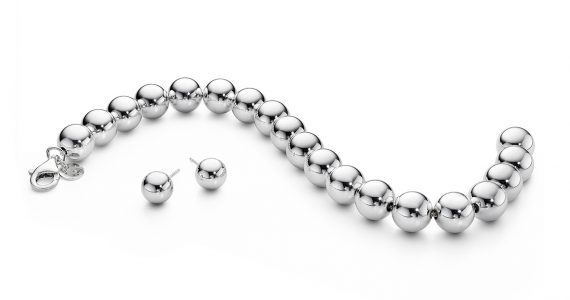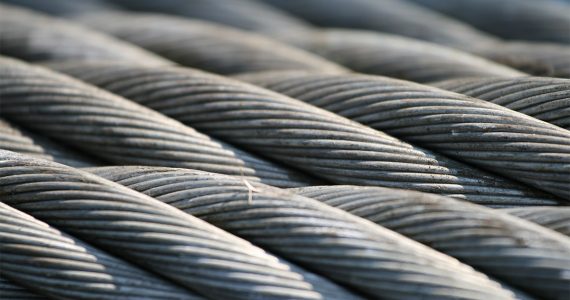From toys to paint to other products, you’ll often read on the label that it is lead free, testament to how safe it is. And even if you’re not an expert on metals you know that products with lead must be avoided, but what exactly is it about this metal that makes it dangerous?
The Dangers of Lead
Lead produces a lot of detrimental side effects including poisoning as well as an assortment of health and environmental problems. In ancient times lead was used as medication, but by the 15th century doctors learned that it was poisonous and that it is one of the most toxic metals on the planet.
What makes lead dangerous is it seeps in your body, afflicting bones and tissues. This leads to all kinds of health problems, diseases and blood disorders. Prolonged exposure to lead causes nervous system damage as it is a neurotoxin. If you are exposed to lead for an extended period it could cause permanent brain damage.
How People Get Exposed to Lead
Lead exposure can occur in the workplace, i.e. you’re working in a place where there’s a predominance of lead. Living in areas where there is lead also increases the chances of exposure.
What happens is the lead enters your body either via ingestion or inhalation. Lead may also come from lead metal smelting, components with lead, leaded fuel and gasoline or when recycling material that contains lead. There are also some cosmetics products and medications that contain lead which you could inhale.
One of the inherent risks of living or working near lead is its particles could get into the water supply and contaminate it. This usually happens if the lead pipes used for the water supply are not properly maintained. The same thing can happen with food if it is not maintained or handled correctly.
Vulnerability
Anyone can be exposed to lead poisoning and suffer the effects, but the ones most vulnerable to it are children. They’re especially vulnerable during the developmental stage, and if not treated this could lead to serious health problems and long term side effects.
Because lead is a neurotoxin there is a strong possibility that it causes permanent nerve damage. This is especially dangerous for kids because it could hinder cognitive development.
The danger extends to pregnant women. Exposure to lead makes can cause birth defects, premature birth and other pregnancy related problems. There is also evidence that lead exposure lowers fertility rates, and this tells you a lot about the dangers that come from it.
Lead and Diseases
Contrary to what some believe, lead is still dangerous even with short term exposure. Among the side effects you may feel are:
- Headaches
- Tire and fatigue quickly
- Physical weakness and tiring easily
- Lack of energy
- Tingling in the feet
- Tingling in the hands
- Lack of appetite
- Occasional memory loss
- Constipation
- Stomach cramps
- Irritable
Those are the most common short term side effects, though some may feel it more than others.
Aside from what has already been mentioned, the following are among the other long term effects:
- Nerve damage
- Brain damage
- Blood poisoning
- Infertility
- Kidney disease
- High blood pressure
- Heart disease
- Multiple organ failure
- Cancer
Lead Properties
Lead is a metal that naturally occurs in the Earth. It is assigned the Pb symbol and it has 82 for its atomic number. Lead is dense, malleable, soft and heavy. This metal frequently creates covalent bonds and can be used to create other kinds of molecular elements.
The mild metal characteristics of lead is deceiving, and because it melts easily, men learned to harness it quickly. But subsequent research revealed that it was actually dangerous.
A Health Hazard
No matter how you look at it there is no question that lead is a health hazard. For men, women and children this metal poses a lot of threats as it affects the kidneys, liver, nervous and reproductive system.
What makes lead poisoning even deadlier is it invades the body quietly and the damage it causes are wide ranging. Unlike other metals, lead gathers in your body and produce all types of dangerous free radicals in your organs, leading to health deterioration.
The ill effects of lead are well known, but there are still low quality toys that use it, so you need to be careful.
Conclusion
The fact that manufacturers recognize the dangers of lead is a good thing, and really you can never be too careful. By making sure the product you purchase has no lead, you’ll be doing yourself and the people around you a favor. While you’ll be hard pressed to find a product that still uses lead, it doesn’t hurt to be careful.








